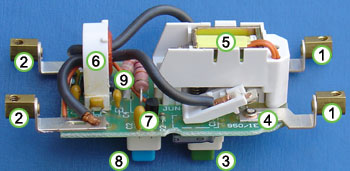- Joined
- 27 Jan 2008
- Messages
- 27,750
- Reaction score
- 3,364
- Location
- Llanfair Caereinion, Nr Welshpool
- Country

I really don't understand "PLUS pulsating DC components." as Hager puts it.It's not 'DC injection' at all, so long as the waveform remains symmetrical around zero.
Kind Regards, John
This would included my fridge/freezer, washing machine, freezer, TV, auto system in fact easier to list what does not have some kind of inverter.Hager said:Single phase inverters, class 1 IT & multimedia equipment, power supplies for class 2 equipment, appliances such as washing machines, lighting controls, induction hobs & EV charging.
Fact that type A RCBO's are not made for my consumer unit at 32A means I am not going to fit type A, not changing the consumer unit again, and so what is more to the point is in real terms will they protect me? So assuming my RCD tester is old and does not ramp up so 6 tests at half should not trip and full must trip but does not need to be in 40 mS however it seems it always is, and at 5 times must be within 40 mS and all tested on pos and neg cycle, had the tester for years and all pass.
But I assume we now have a means to measure the pulsating DC component and also a option to select that DC component on the tester so we know if the RCD fitted will work, but can't find out what this equipment is, and no point asking another electrician to test the RCD if his tester is basic same as mine.
So how do we know if a RCD is suitable. What is pulsating DC components?



